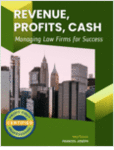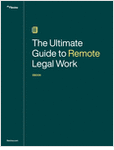While accepting the Nobel Prize for literature, Ernest Hemingway said, “Writing, at its best, is a lonely life.” But did Hemingway really do his best work in isolation? It depends on how you look at it. Surely he spent considerable time alone behind the typewriter. But away from his manuscripts, Hemingway intentionally immersed himself among peers from whom he drew inspiration.
For example, in the 1920s he moved to Paris to join a scene of expatriate writers and artists, including F. Scott Fitzgerald, who had taken up residence in the Left Bank. Members of this “Lost Generation” hung out at cafes, argued about politics, caroused late into the night on the streets of Paris, and produced some of the greatest works of literature of the 20th century.









